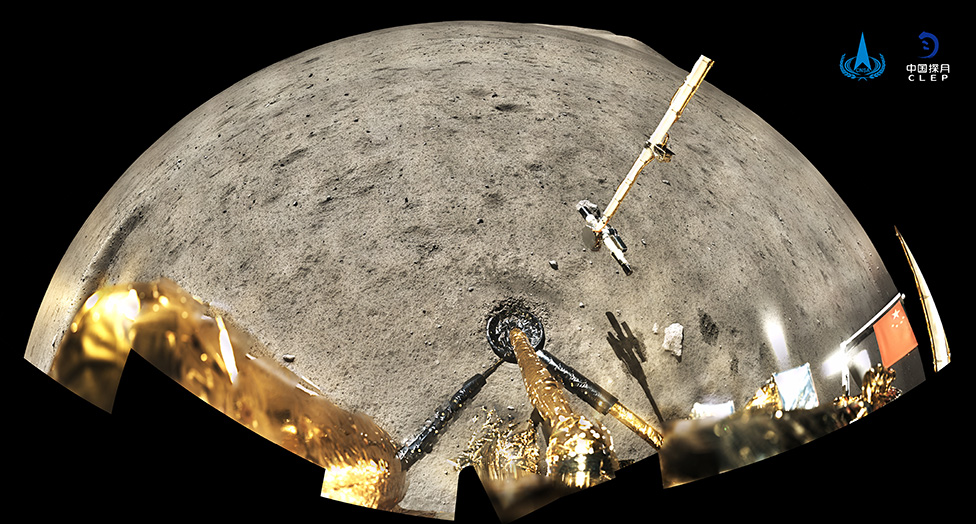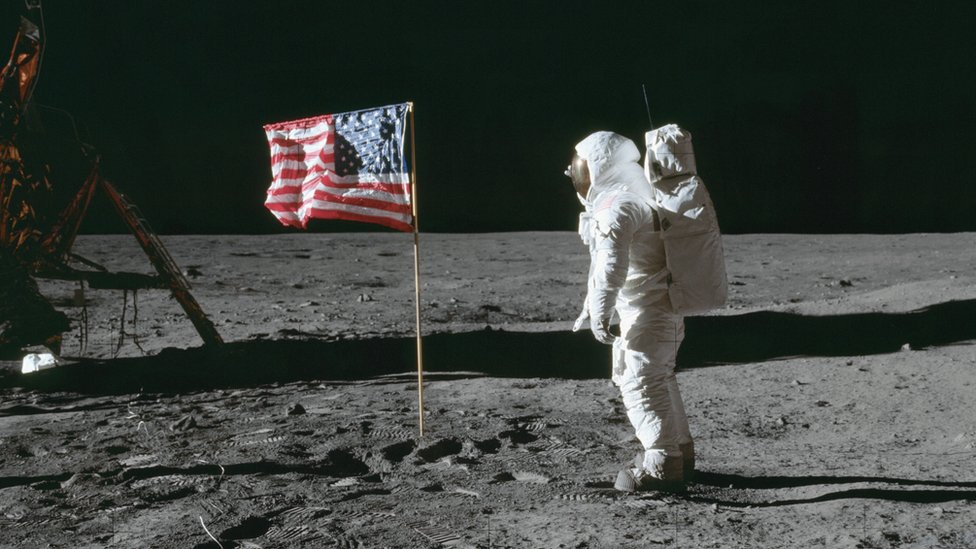China planted its flag on the Moon, more than 50 years after the United States did.
Images from the Chinese space agency show the red flag crashed on the lunar surface.
They were taken by a camera located on the Chang’e-5 spacecraft, which a few hours ago left the Moon loaded with rock samples that should reach Earth in a few days.
Two previous Chinese missions to the Moon carried the national flag on the exterior of the ships, but none were planted on the surface of our satellite.
The US planted its flag on the lunar surface in 1969 during the Apollo 11 mission. Five other American flags were planted on subsequent missions until 1972.
In 2012 NASA assured that satellite images showed that one of the flags is still standing, although, according to experts, it must have lost its color due to radiation from the sun.

The Chinese newspaper Global Times assured that the Chinese flag – which has a special coating so that it does not deteriorate – was a reminder of “Emotion and inspiration” that was felt during the Apollo missions.
Rock collecting
The Chang’e-5 spacecraft landed this week on Mons Rümker, a volcanic plain in a region on the near side of the Moon known as Oceanus Procellarum (Ocean of Storms).
The rocks at this location are believed to be much more recent than those in samples collected by astronauts from the US and Soviet missions.


The rocks on Mons Rümker could be as old as 1.3 billion years.
Those collected at other sites by previous missions are instead between 3 billion and 4 billion years old.
The new samples, which if all goes well they will reach Earth in a few days, will allow scientists to fine-tune methods to determine when different events occurred in the history of the Solar System.
– .


